Faking Watches Is Older Than You Think
Prior to the 19th century, if you desired a device to tell the time aka a pocket watch, your go-to destination was none other than England or France. Mastering the art of watchmaking, producing the highest quality, most accurate and beautifully finished and decorated to the highest standards. Being the best only means being desired, which comes with a high cost to those who can pay. What happens when one needs something that is no longer affordable? Yes, you got it right. They seek a fake, a replica. Back then fakes came not from China. It was supplied from somewhere much nearer to the mastery of watchmaking. Switzerland! Winter is tough and farmers have no business in their lands. Keeping themselves warm and moving their hands, turning engines to produce tiny mechanical watch movement components at home fed their bellies and filled their pockets. The craftsmanship and skill of these farmers noticeably increased and so their interest in making watches while the industrial revolution almost buried the industry in England and France, clearing the way for a whole new world of artisans to arise.
The “Leonardo Da Vinci” of Watchmaking
We can not speak about France and Switzerland in one context without having to mention Abraham-Louis Breguet. The “Leonardo Da Vinci of Watchmaking” was so-called by his peers. In 1747, He was born in Switzerland and lived all his life in Paris where he became a horologist who made multiple innovations in the route of a career in watchmaking. Some of his most famous inventions are the Tourbillon, Over Coils, and Automatic Winding Mechanism. Within the course of ten years, Breguet had commissions from the aristocratic families of France and even the French queen, Marie-Antoinette. The Breguet no. 160 is a Grand Complication designed and handcrafted by the man himself to Queen Marie-Antoinette. The watch consisted of 823 components and provided all the functions known at the time. These functions included, a clock, equation of time, power reserve indicator, perpetual calendar, minute repeater, thermometer, chronograph, and shock protection system known as the Para-Chute designed and its also a Bregeut’s own invention. The man is gone, but the legacy continues. Breguet still produces some of the finest timepieces you can find in modern days with no compromise to the heritage of the brand in the tiniest details impossibly seen by the naked human eye.
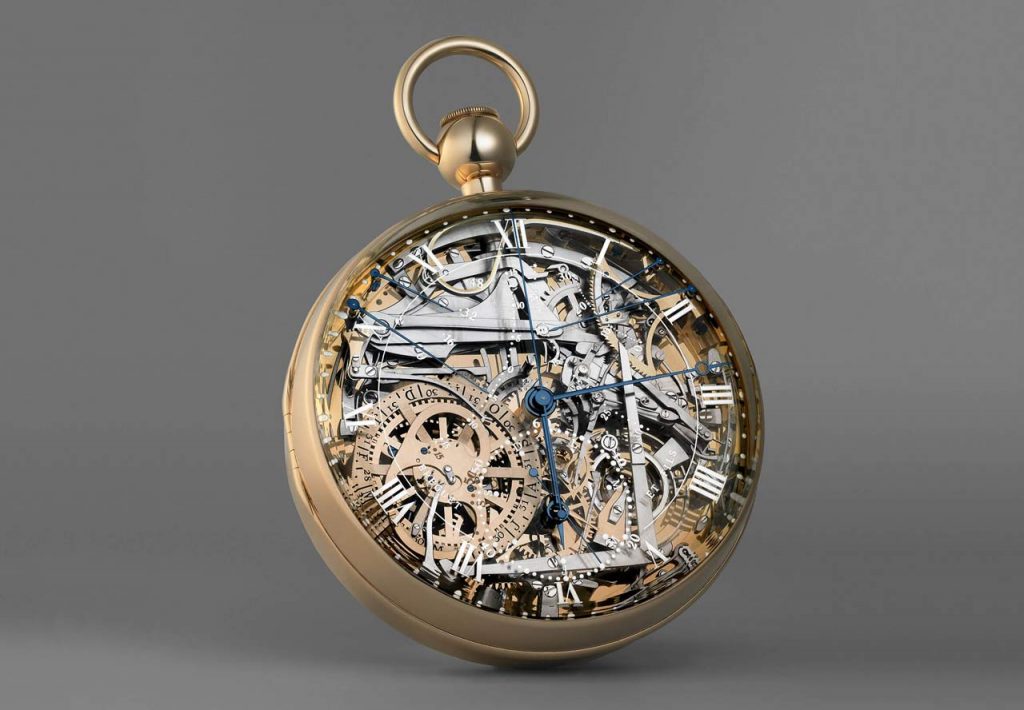
The Japs and The Quartz “Crisis”
What do you think of when you hear “Japan”? Probably technology is the first thing. The Japs almost wiped away the tradition of watchmaking in the last week in the 1960s. The Seiko Astron, a new watch announced on December the 25th in 1969 a watch that runs with a battery that is way more accurate than any mechanical timepiece causing what is called the Quartz Crisis in Switzerland. The Quartz movement was the smartwatch of the times. Thousands of watchmakers in Europe especially Switzerland shut their doors to no return. Some of the Swiss brands were big enough to shift their production lines and adopt the new technology and were ready to cope and develop the new electronic engines and compete with the Japanese.
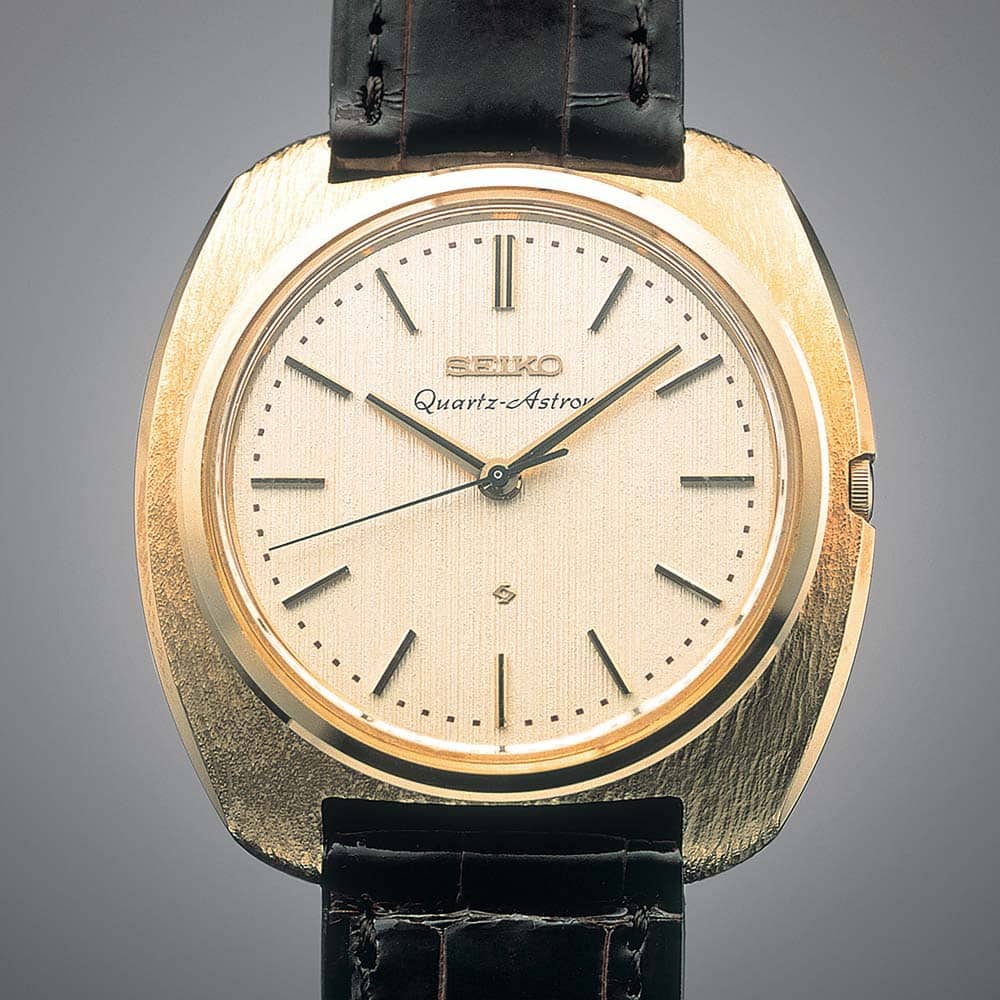
A Gent’s Statement It Has Been. And Will Always Be!
The Royal Oak by Audemars Piguet saved a nation. The Swiss owe them a lot. In 1972, introducing the Royal Oak ref. 5402 with its bold case and unusual industrial design in stainless steel to the luxury watch market was transitional and changed the concept of a luxury watch, it virally became desired and basically represented wealth and ultimate style that they said straight in the watch advertisement “It Takes More Than Money To Wear A Royal Oak” empathizing how exclusive this item is to own. The Royal Oak sold for over 3,000 Swiss Francs (with this money you could get 10 Submariners) and even more than a gold Patek Philipe.
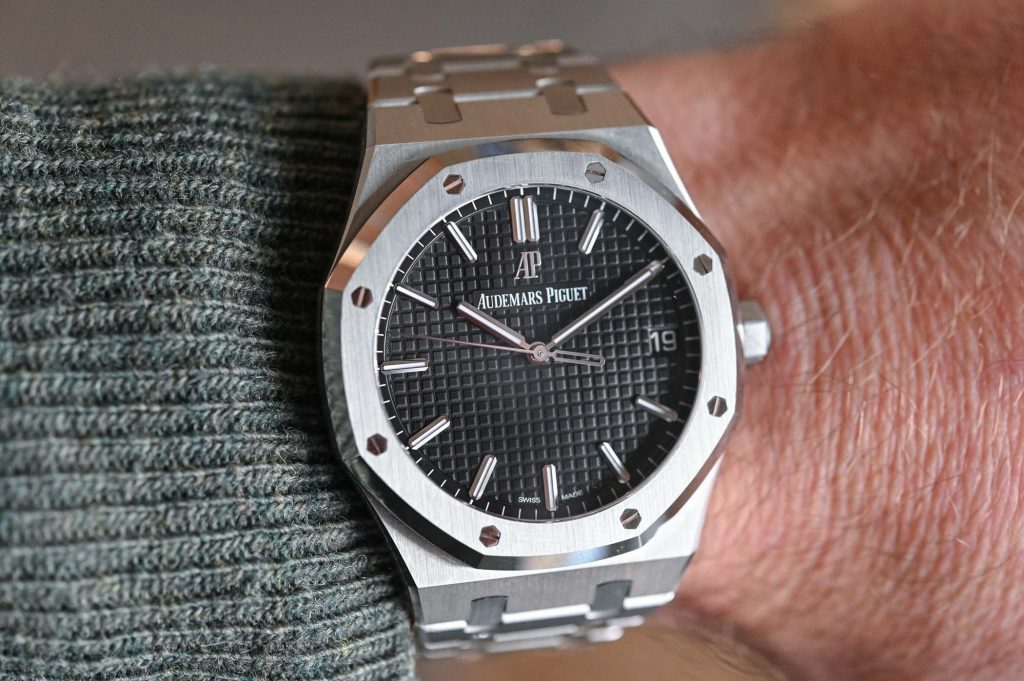
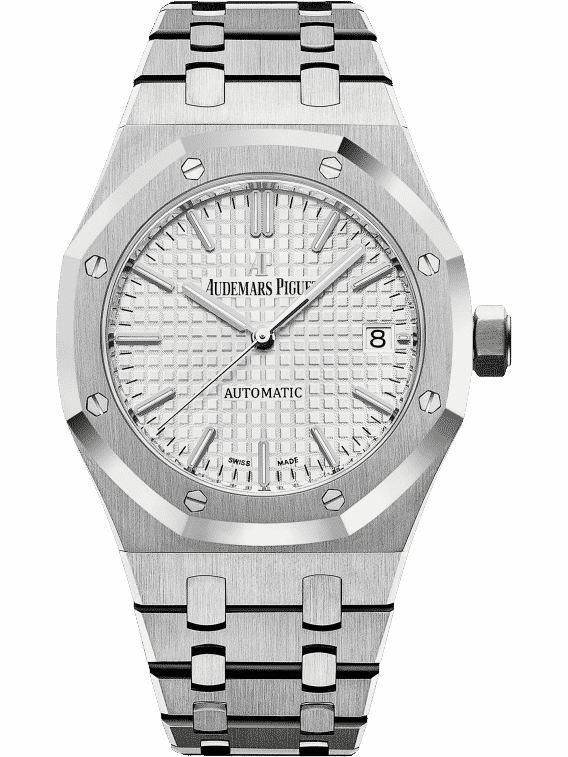
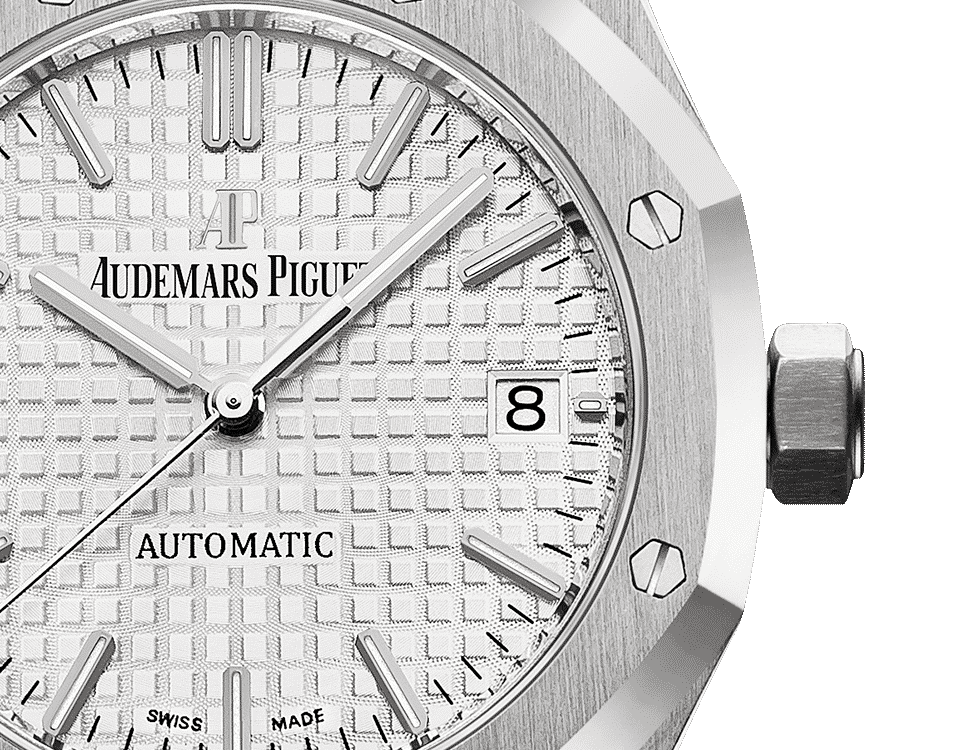
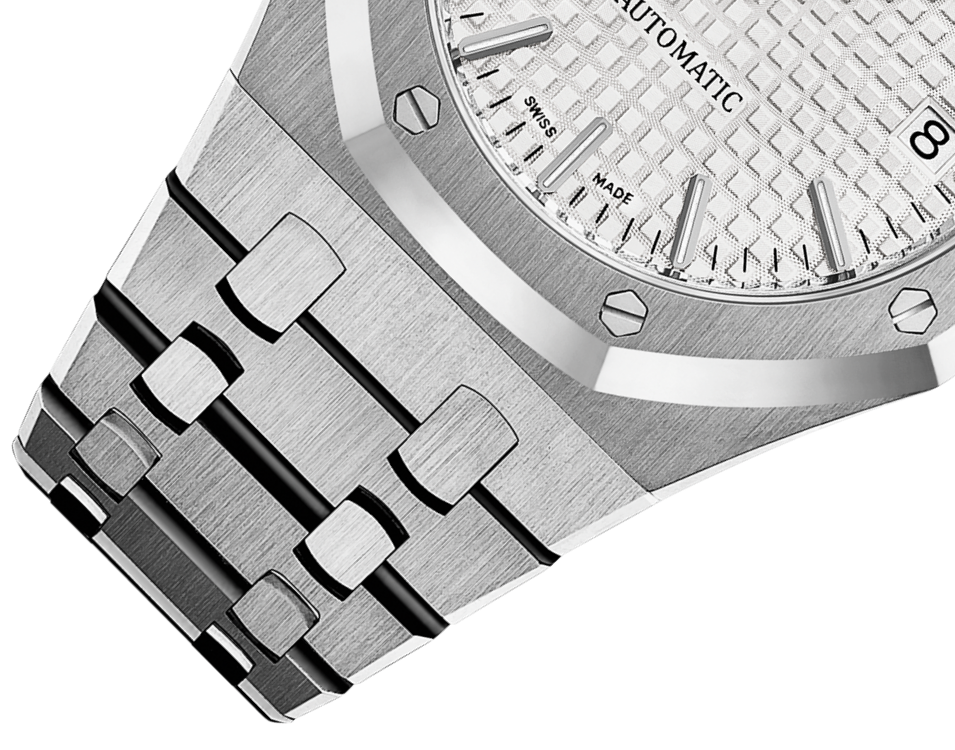
A watch on your wrist today is more of an icon you choose to best define your character. We need no device to tell us the time when we are surrounded by all the technology in the world that now can whisper you the time in your ears whenever you wish. Whether you’re wearing a Royal Oak, a Speedmaster, or a Seiko Diver, it will always tell something about your character without you intending to show it. The choice of this specific design or this purpose reveals these secrets about you. Like your car, your suit, and your office; the watch on your wrist is a tool that you build relation with, appreciate it, and treat it with care and passion.

One response
Very interesting 🙂